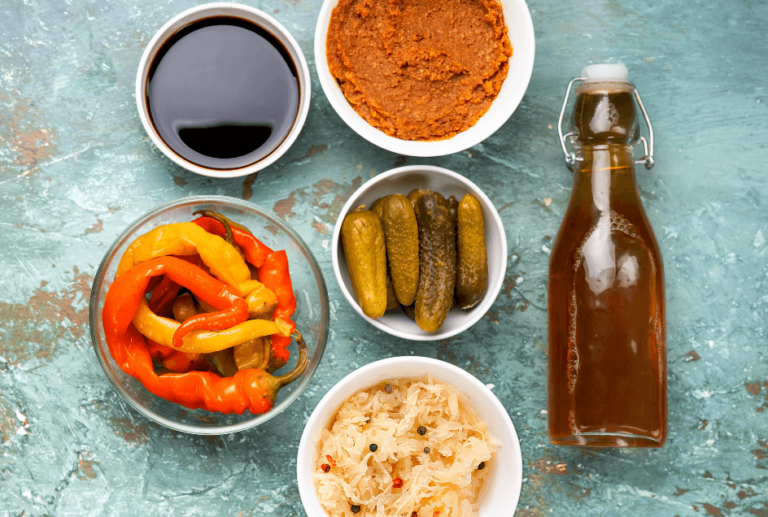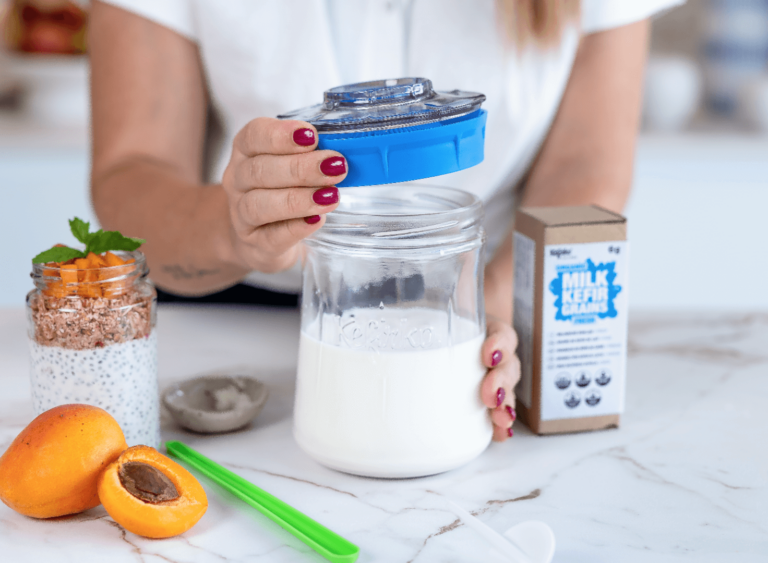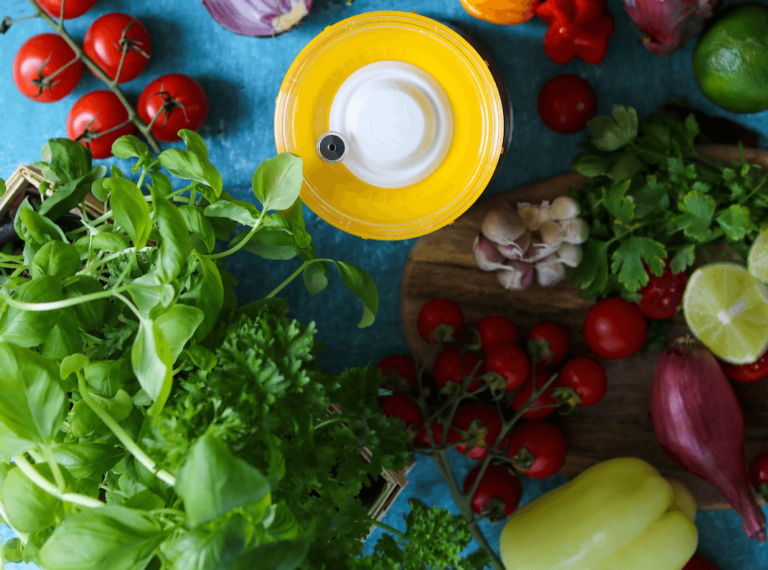Around the globe with sourdough bread
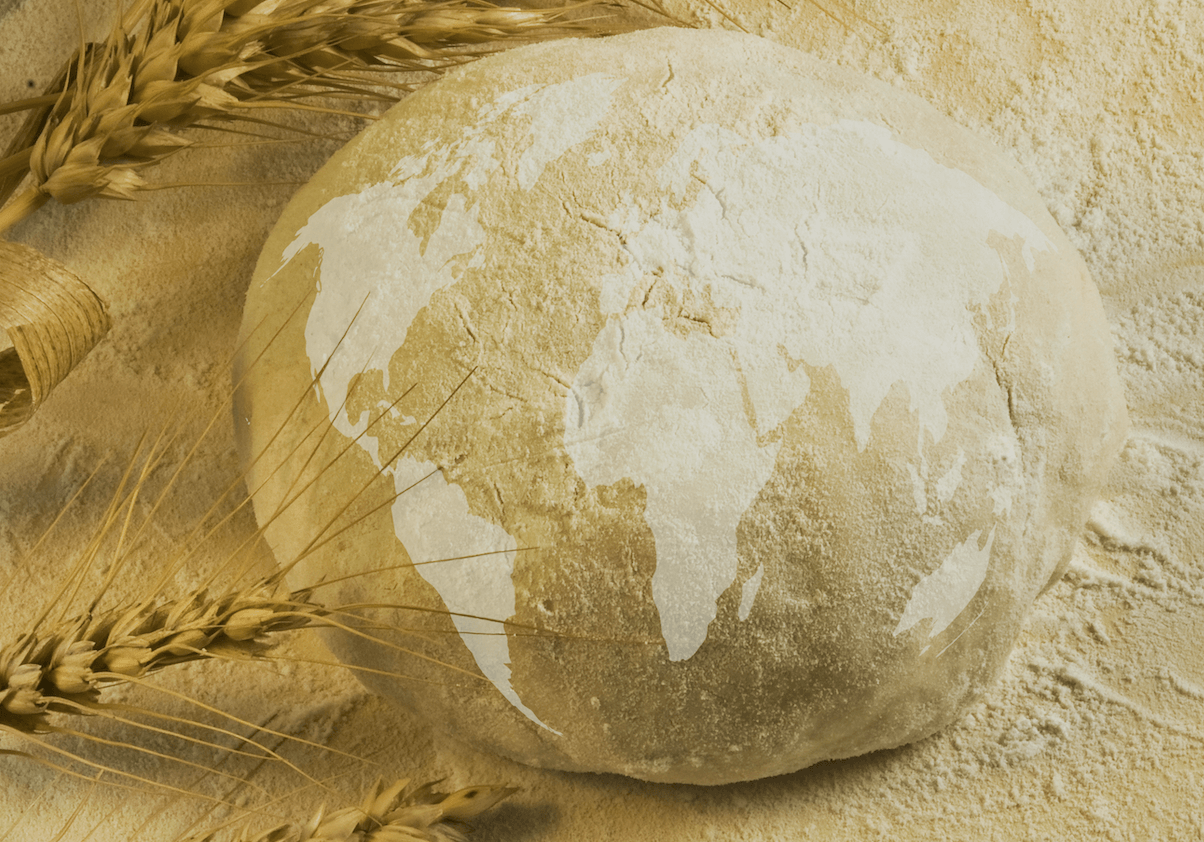
San Francisco in the United States is perhaps the most well-known city associated with sourdough bread but sourdough breadmaking is a tradition and practice found in many countries around the world, each with its unique variations and flavors.
Some breads are specific for the region because of the strains that can be found in the starter; others are connected to the location culturally. Maybe you will find some baking inspiration in this blog.
San Francisco Sourdough
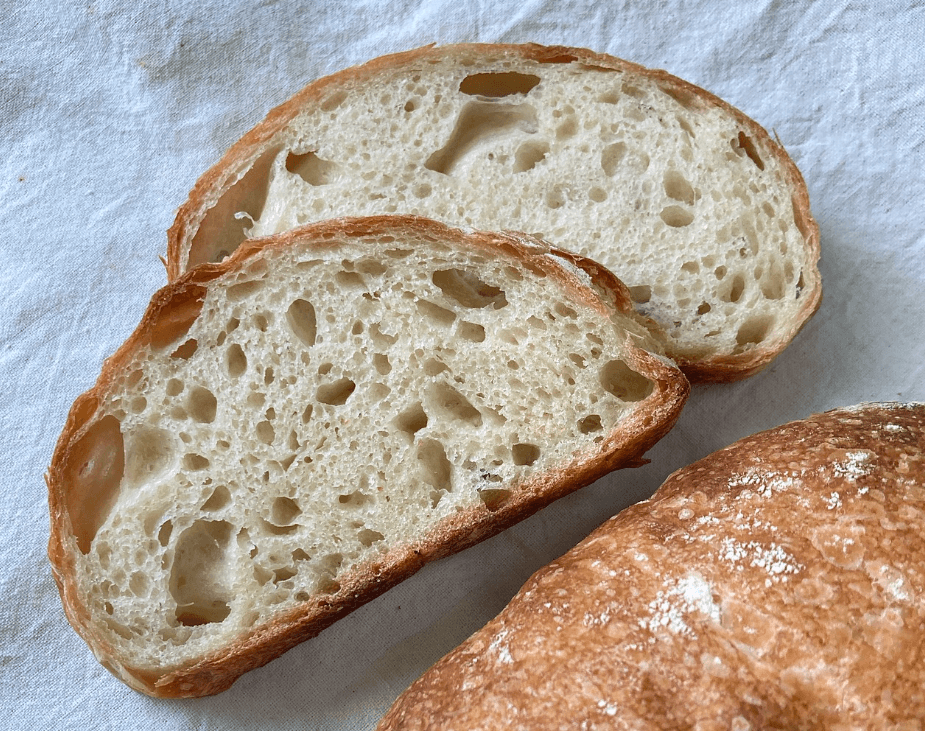
San Francisco sourdough is a unique type of sourdough bread with its roots in San Francisco, California. What sets it apart are the specific strains of wild yeast and bacteria found in the region. This particular combination, often called Lactobacillus sanfranciscensis, imparts the notable tangy and slightly sour taste that is characteristic of San Francisco sourdough.
The fermentation and baking processes that give it its characteristic features are a bit different too. Typically lasting 12 to 24 hours or more, this prolonged fermentation allows the wild yeast and bacteria to flourish and impart their distinct flavors and textures to the bread. Bread stands out for its distinctive tangy flavor, chewy texture, and crispy crust. The traditional baking techniques, often using hearth ovens, contribute to the development of the crust and the overall texture of the bread.
If you manage to get the starter with this particular bacteria strains, you can bake it anywhere in the world.
Italian Sourdough Breads
Pane di Altamura
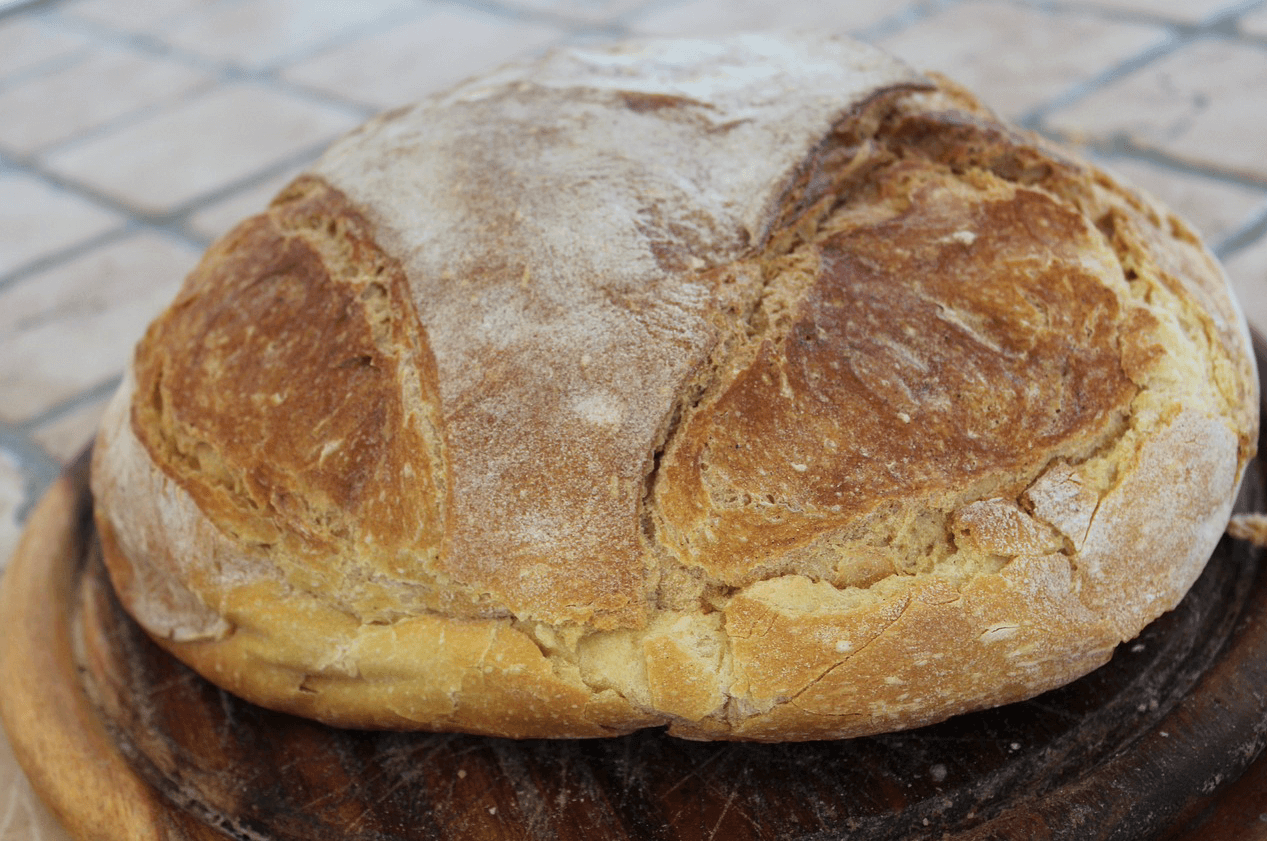
Named after a town settled on one of the Murge plateau hills, pane di Altamura is a country-style sourdough bread that has been traditionally produced in the provinces of Bari and Barletta-Andria-Trani for centuries. It is made only with durum wheat dough, natural yeast, salt, and water. Once the staple food of Murge people, these large loaves of bread were kneaded in Altamura’s households, branded with the family name and then baked in community ovens.
Sourdough Pane di Altamura is a variation of the traditional Altamura bread, utilizing a sourdough starter. This addition infuses a subtle sourness and enhances the overall flavour. The natural fermentation process yields a slightly chewier crumb, complementing the bread’s iconic crunchy crust. Traditional ingredients like durum wheat semolina, water, and sea salt are combined with the sourdough starter, and the bread is baked at high temperatures in a wood-fired oven to achieve its distinctive texture and aroma. This adaptation retains the cultural and historical significance of the original Altamura bread.
Focaccia
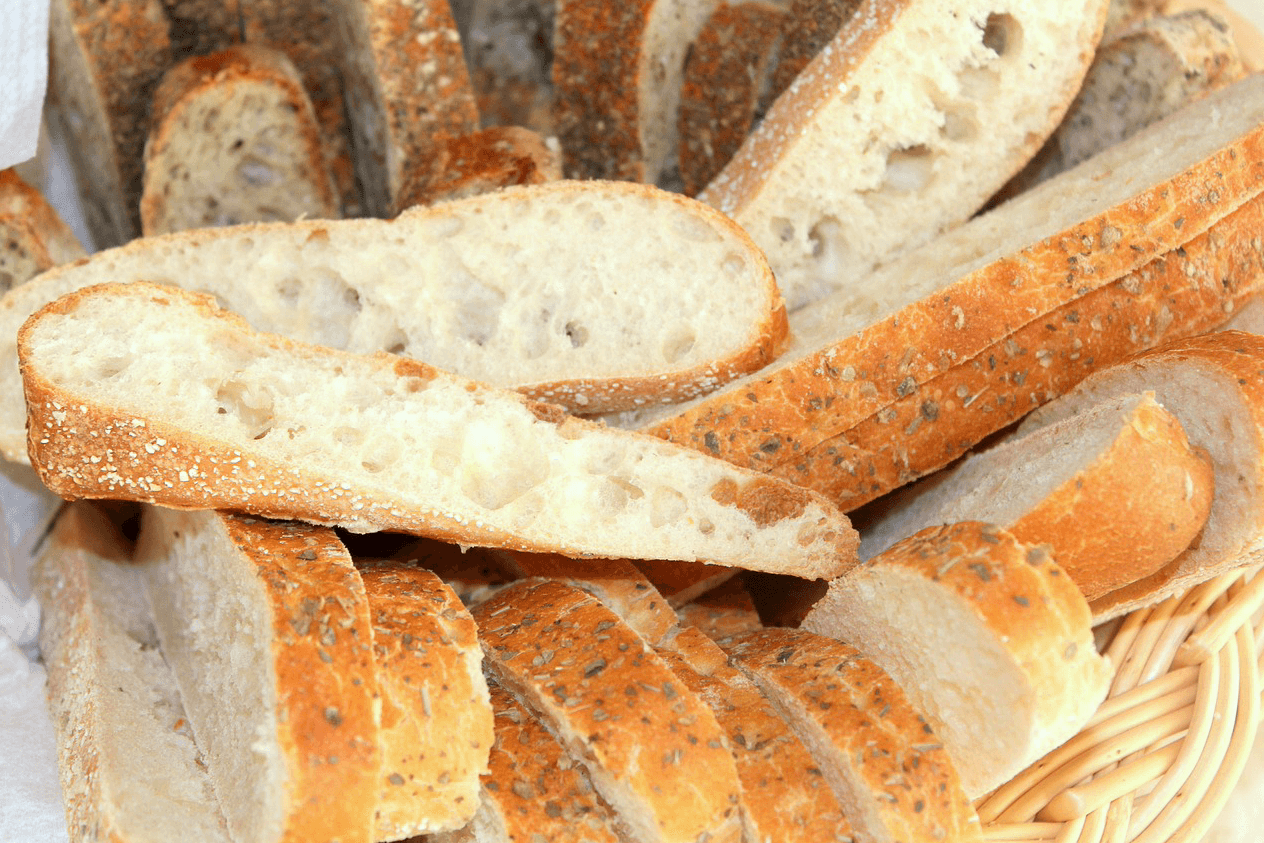
Sourdough focaccia offers a heightened flavour complexity when contrasted with its traditional counterpart, courtesy of the fermentation process driven by the sourdough starter. Utilizing a sourdough starter in focaccia introduces a gentle tanginess to the flavour and enriches the bread’s overall texture.
Focaccia bread is usually one of the go-to breads of every sourdough baker because it’s easy to make and leaves room for creativity when choosing the toppings.
Don’t miss out on the new content about sourdough baking!
Subscribe to Kefirko newsletter
French pastry delights
Sourdough Croissants
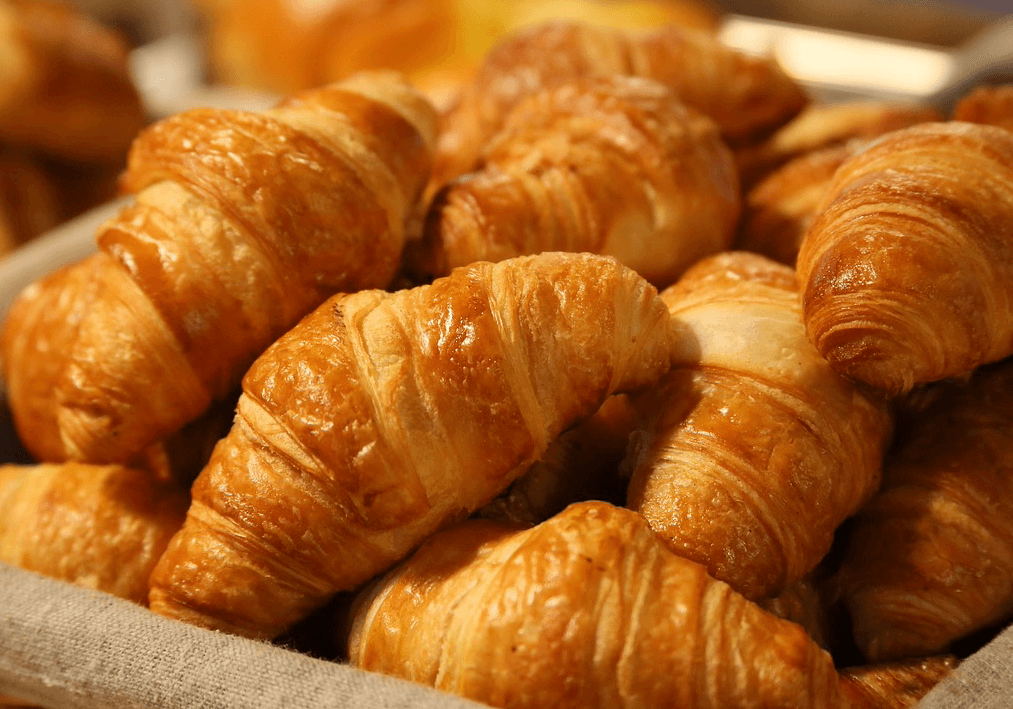
Sourdough Brioche
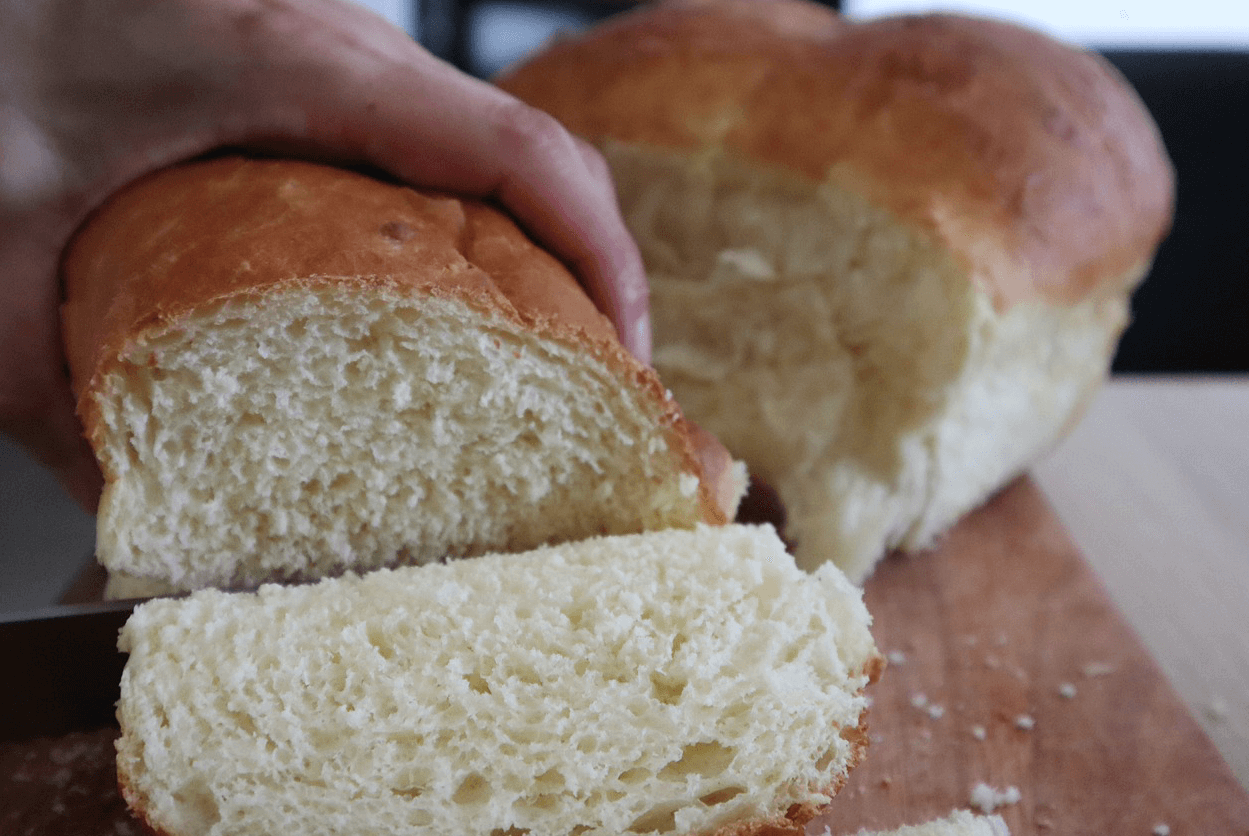
Sourdough Macarons
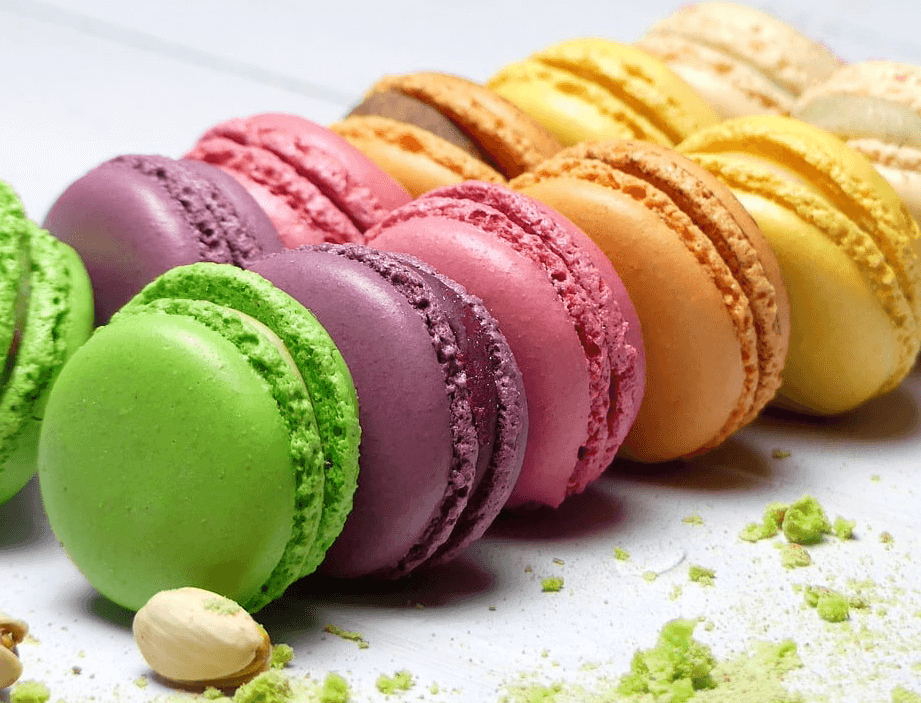
Flatbreads from different countries
Sourdough Naan (India, Pakistan, Middle East)
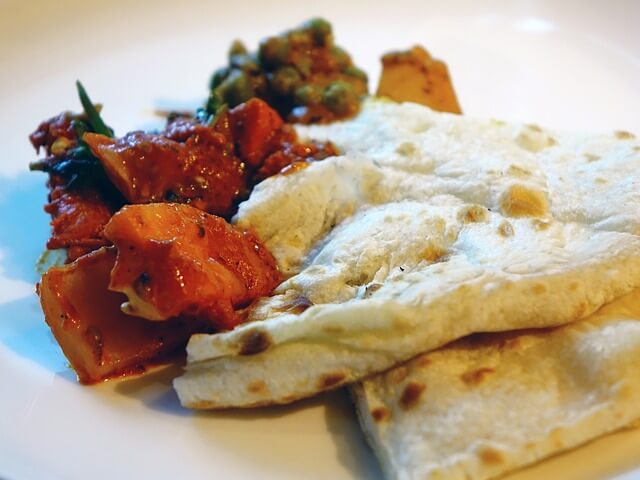
Sourdough Injera (Ethiopia, Eritrea)
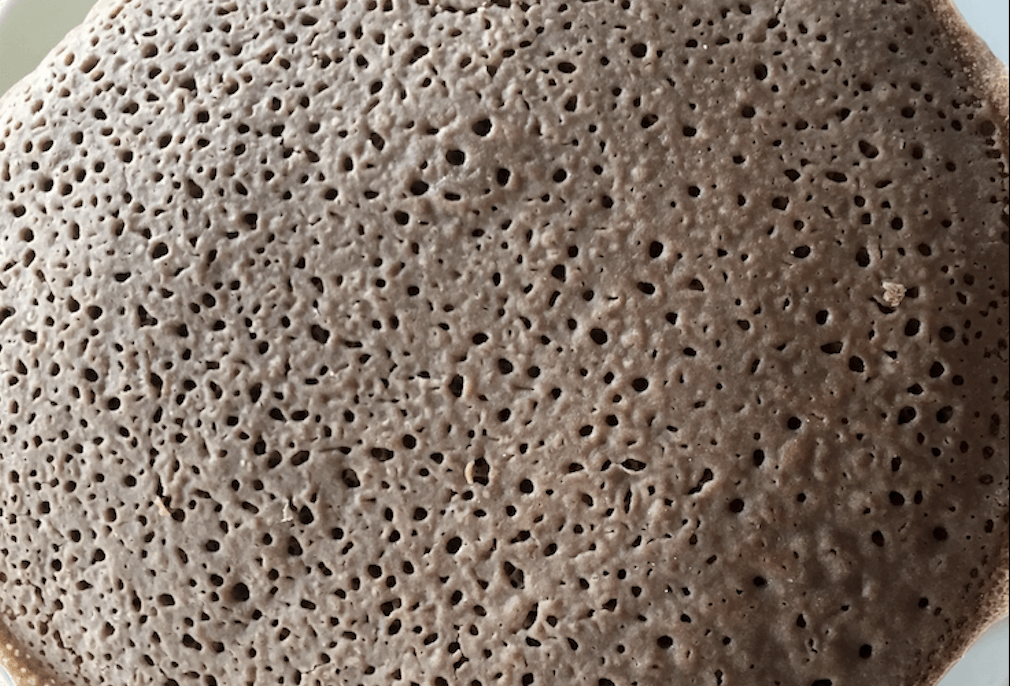
Sourdough Tortillas (Mexico, Spain)
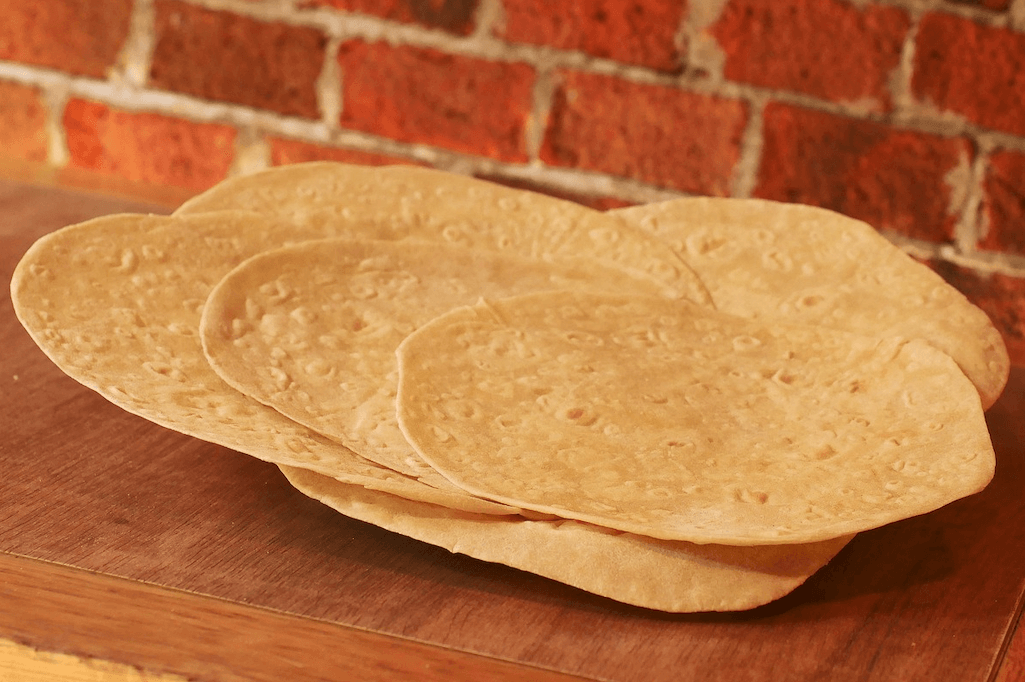
Sourdough Pita (Middle East, Mediterranean region)
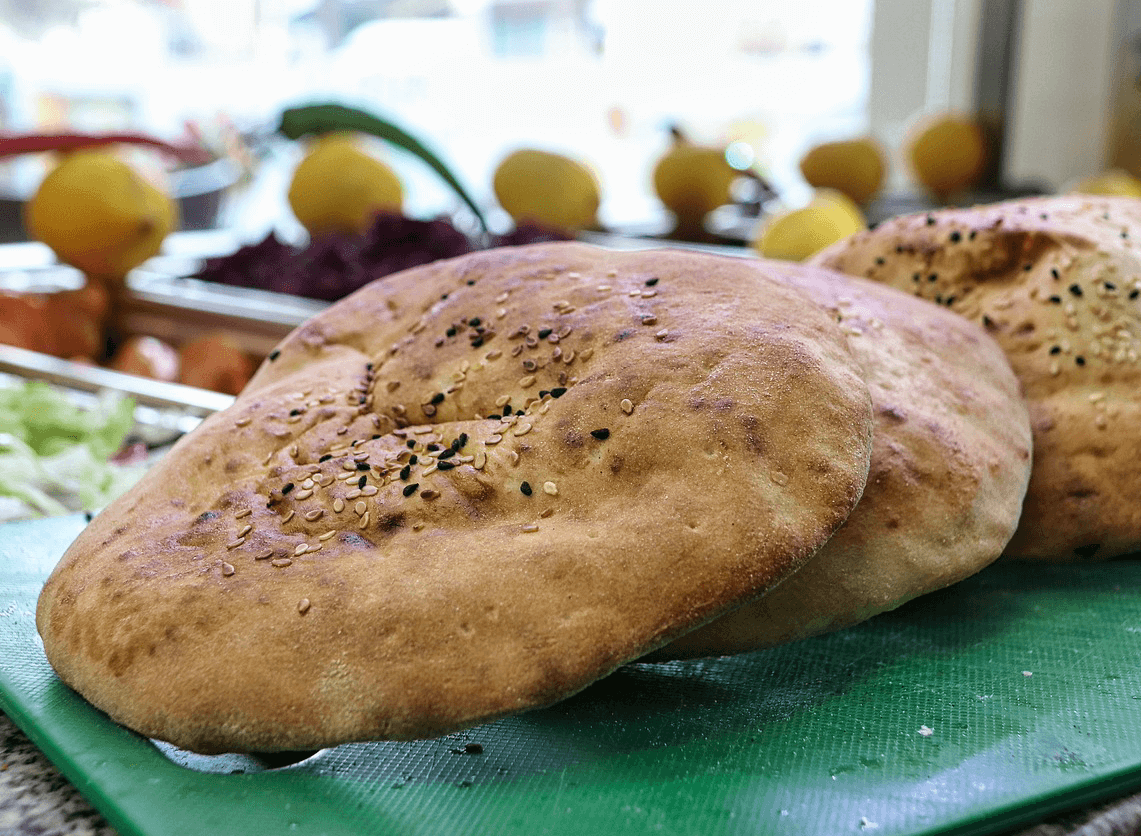
As we gather inspiration from these global sourdough variations, we’re encouraged to start our own sourdough journey. Establishing a sourdough starter unique to our environment and experimenting with different flours can lead to the creation of personalized sourdough bread and pastries.
Understanding the importance of fermentation, temperature, hydration, and baking techniques empowers us to craft delightful and flavorful baked goods that resonate with our individual taste preferences.
